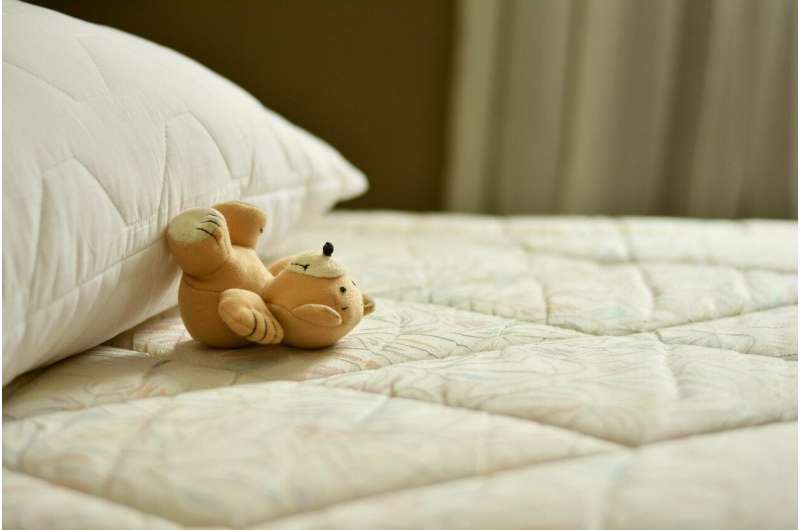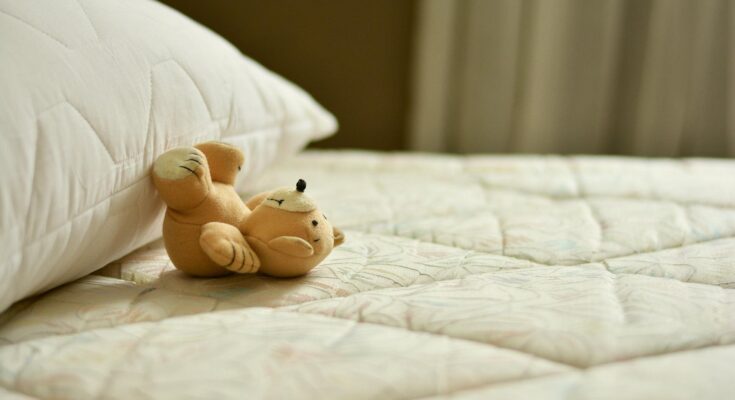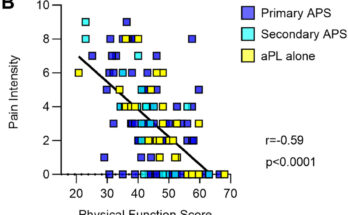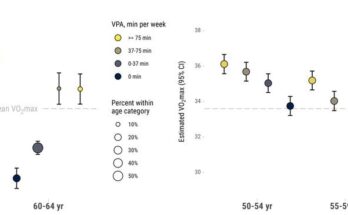
Sleep disorders are more common and more severe in Aboriginal and Torres Strait Islander children than non-Indigenous children, with Indigenous children often having higher screen use before bed, later bedtimes and reduced sleep, an analysis of Northern Territory data has found.
The authors from Darwin Respiratory and Sleep Health, Darwin Private Hospital, Charles Darwin University and Flinders University NT say targeted interventions and further resources are needed to address sleep quality issues, in order to improve the health of Northern Territory children.
“While sleep disorders, including obstructive sleep apnea (OSA), are a common and significant health issue in children, there has been very little research investigating their prevalence in both Indigenous and non-Indigenous children in the Top End region of the Northern Territory,” says study senior author Associate Professor Subash Heraganahally, affiliated with Flinders University in the NT and a respiratory and sleep physician based at the Darwin Private Hospital and Royal Darwin Hospital.
“If left untreated, OSA and issues with overall sleep quality can lead to the development of chronic conditions such as diabetes, hypertension, anxiety and depression, in addition to the potential lasting effects of reduced academic engagement in childhood.
“Given what we know from previous research in other populations into the impact of sleep disturbances, the presence of OSA and other sleep disorders is likely to have a dramatic impact upon the Indigenous and non-Indigenous pediatric population.”
The study, published in the journal Sleep Medicine, analyzed self-reported data and polysomnography (sleep study) data from children referred to a Darwin sleep clinic between 2015 and 2020. Of the total 671 sleep studies assessed, 121 (18%) included Indigenous children.
The analysis found Indigenous children had higher Pediatric Daytime Sleepiness Scale scores, higher screen use before bed, later bedtimes and reduced total sleep time, compared to non-Indigenous children.
Prevalence of obstructive sleep apnea was also higher in Indigenous children (55% vs. 48%) and with greater severity compared to non-Indigenous children. The analysis also showed Indigenous children with OSA were older, had a higher body mass index (BMI) and lived more remotely compared to their peers without OSA.
“This is the first study to comprehensively assess self-reported sleep data alongside polysomnography (sleep study) data and compare the presence of obstructive sleep apnea amongst Indigenous children compared to non-Indigenous children,” says lead author Timothy Howarth from Darwin Respiratory and Sleep Health at Darwin Private Hospital and a Ph.D. Candidate at Charles Darwin University.
“While knowledge and awareness of sleep health of children and its impact on daily life and health outcomes is growing, more may need to be done in our NT remote communities.
“It’s plausible that in these communities other health aspects such as respiratory or skin infections take precedence, resulting in sleep disorders being overlooked or may not be recognized to have any significance, hence potentially being diagnosed later and at more severe levels.”
Steps have already been taken to improve available services within the NT, with the development of facilities in the Top End region now allowing for children to be tested and treated locally for sleep disorders. Prior to 2015, children would have been required to travel to Adelaide or Brisbane.
Providing local services and eliminating the need for interstate travel has eased a substantial burden on both children and parents, reducing significant travel time and associated health care costs for families, while also saving considerable health care expenditure for NT Health.
The authors say further efforts are required to close the sleep health gap among both Indigenous and non-Indigenous children in the NT in a clinically and culturally relevant manner.
“As a retrospective study based in a particular area of the Northern Territory; the results may not be applicable to the wider diverse Indigenous population, or to other Australian states and territories,” says co-author Dr. Natalie Gentin, a pediatric respiratory and sleep medicine physician based in NSW, conjoint lecturer at UNSW and a consultant with Darwin Respiratory and Sleep Health, NT.
“However, we shouldn’t dismiss the overall message of the increase in sleep issues in Indigenous children who are already at an increased risk of sleep disorders as they’re more likely to have a high BMI and live in remote locations.
“Further investments are needed in research, management and education in order to decrease OSA and sleep quality issues to ensure we can increase the health outcomes for these children for whom there is already a significant health gap.”
Timothy P. Howarth et al, Sleep quality and obstructive sleep apnoea in Indigenous and non-Indigenous Australian children, Sleep Medicine (2022). DOI: 10.1016/j.sleep.2022.06.014
Citation:
Sleep quality and obstructive sleep apnea in Indigenous and non-Indigenous Australian children (2022, August 29)
retrieved 5 September 2022
from https://medicalxpress.com/news/2022-08-quality-obstructive-apnea-indigenous-non-indigenous.html
This document is subject to copyright. Apart from any fair dealing for the purpose of private study or research, no
part may be reproduced without the written permission. The content is provided for information purposes only.
Source link




